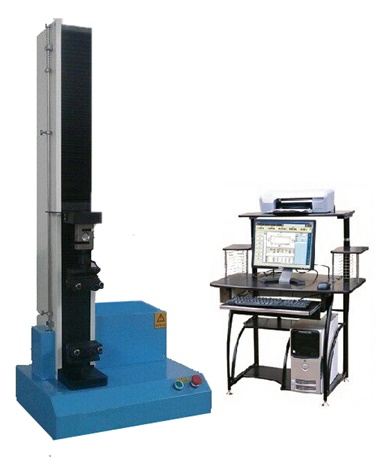We all know that the
tensile testing machine is a static mechanical testing machine. Its working principle is to realize the experimental processes of pulling, pressing, bending and shearing by moving the beam at a constant speed.
Collect the force value data of the sensor, collect the displacement and deformation data of the encoder or the grating ruler or the applicator, and calculate the experimental data of the experimental tensile strength, compressive strength, bending and shear strength, etc. through the automatic calculation system. . However, the tensile testing machine can be divided into many types. The common ones are electronic and hydraulic, and the electronic ones are divided into single-column type and double-column type. What are their principles? Let's take a closer look.
The electronic universal
tensile testing machine drives the lead screw to rotate and moves the moving beam. The hydraulic universal tensile testing machine causes the cylinder to move up and down by the oil pump to move the moving beam. The electronic tensile testing machine has higher precision, simple operation and clean test environment.
It is suitable for small force value experiments; hydraulic
tensile testing machine has high precision. Because of the different oil sparsity of the time, the task environment is absolutely dusty and suitable for the vigorous value experiment.


